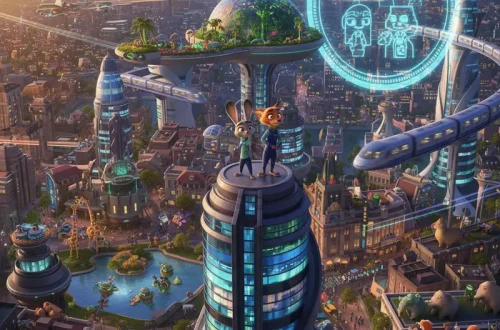
“Do the words ‘pancake’ and ‘milkshake’ give you a sense of déjà vu? Have you suddenly gained a profound appreciation for dressmaking logistics? Has your view on clicking pop-up ads, whether featuring friendly green faces or grotesque worm creatures, evolved?
Congratulations, you’ve experienced Ralph Breaks the Internet! You’re now among the many who have propelled Disney’s sequel to 2012’s Wreck-It Ralph to the forefront of box office hits, earning over $84 million in its opening five days. This journey follows Ralph (John C. Reilly) and Vanellope (Sarah Silverman) as they venture into the uncharted territory of Wi-Fi.
The film has resonated with fans, along with its cast, and with the release of the sequel, directors Rich Moore and Phil Johnston are finally ready to discuss some of the film’s most intriguing questions with Entertainment Weekly.
ENTERTAINMENT WEEKLY: Let’s start by talking about the third act, which has been under wraps until now. Can you share how the idea of Ralph’s “villain,” his insecurities, came about and how it culminated in the film? RICH MOORE: When we decided that Ralph would grapple with extreme insecurity and that the film’s core would revolve around his friendship with Vanellope, we made a deliberate choice not to introduce a traditional antagonist. We didn’t want another Disney villain or a surprise twist villain. Instead, we wanted Ralph’s own insecurity to be the driving force of conflict. We envisioned a climax where Ralph learns to let go of Vanellope. However, it was challenging to visualize this idea. We struggled to find a way to portray it effectively. At times, we even considered abandoning the concept. However, we persisted, believing in the idea, and continued to develop the story until the solution emerged.
PHIL JOHNSTON: From the earliest draft, we had the notion of Ralph clones causing chaos across the internet. While researching with antivirus and malware experts, we learned that these programs often search for “insecurity” as a weakness in software. This gave us the dual meaning of the word, which eventually led to the denial-of-service attack concept. Of course, there’s no real giant monster in a denial-of-service attack.

When you brought Alan Menken on board to create Vanellope’s song “A Place Called Slaughter Race,” what were your instructions to him, and which Disney songs from the past served as inspiration? JOHNSTON: We drew inspiration from songs like “Be Our Guest” and “Belle” in Beauty and the Beast, where the protagonist encounters a new world. We also referenced a song from Hercules that didn’t make the final cut. For Alan Menken, our main directive was to treat it as a genuine “I want” song. While comedy was important, it should arise from the contrast in tones. Vanellope sincerely desires what she sings about, and her song is not intended as a joke.
MOORE: It’s a Disney princess singing enthusiastically about Grand Theft Auto, although I’m not sure if Alan knew about that game. Initially, we showed him a rough animatic with temporary music. Phil and our executive music producer, Tom MacDougall, wrote lyrics to match this music. When Alan first heard it, he said it was only about 30% there. [Laughs.] We were content with 30%.
Audiences anticipated the epic princess scene, but the surprise rescue at the film’s end was equally impactful. Was “Hairachute” the code name for that sequence? MOORE: Internally, we referred to it as “Hairachute.”
JOHNSTON: Ariel had a line where she said, “Oh my gosh, look, guys, the Hairachute is working!”

With 14 princesses and 14 unique powers, how did you approach assembling the puzzle of their abilities for the rescue? JOHNSTON: It was like a fever dream. We started by listing the powers of different princesses, intending to create a Rube Goldberg-esque device. Jim Reardon, our story director, played a significant role in constructing it, based on the superpowers and tropes we wanted to incorporate. We aimed to make it both humorous and emotionally resonant, while still maintaining a sense of silliness.
MOORE: Don Hall, who directed Big Hero 6, further developed the sequence. We reminded our cinematographers to disregard logic for this scene and embrace the cartoonish, kinetic, and non-linear nature of it. It’s a massive collaborative effort.
Henry Jackman’s music played a crucial role in tying it all together seamlessly. MOORE: Henry Jackman’s ability to seamlessly switch between musical motifs impressed me. I have no idea how he accomplishes it. When he played us his demo for that sequence, I was blown away. It’s almost identical to what’s in the film.
The scene often dubbed “Bunny and Kitty” or “Pancake Milkshake” made it far into the film but was ultimately cut. Where was it originally placed in the story? MOORE: The scene was initially part of Ralph and Vanellope’s quest to collect items for Spamley’s website while exploring different video games. However, as we were refining the story, we decided to head directly to Slaughter Race to streamline the narrative. While it was challenging to cut a scene that had already generated significant buzz, our policy is to prioritize the story’s integrity. In the end, we made the tough decision to remove it. However, we later repurposed it as a post-credits sequence, and it became a meta moment where a little girl expresses her disappointment that the scene was absent from the movie.
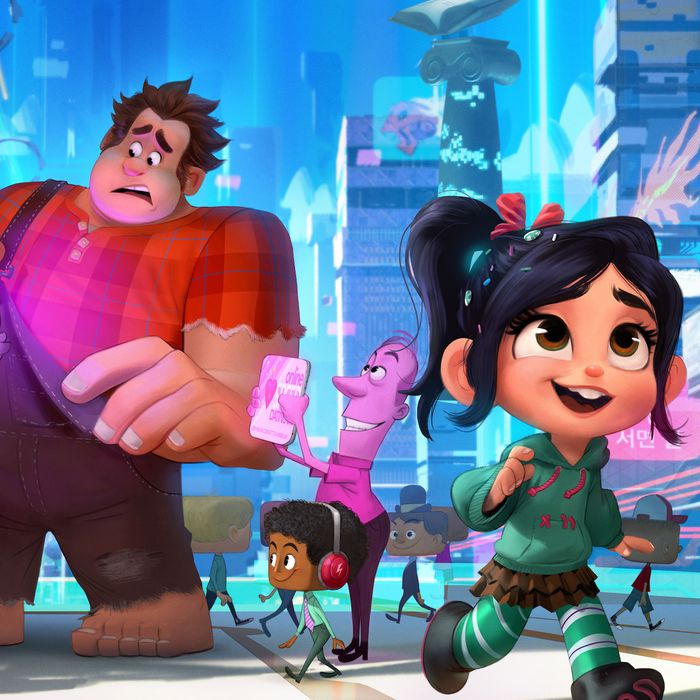
In the credits, this girl is named Mo, and her mother is voiced by Nicole Scherzinger, who also voiced Moana’s mom in Moana. Could you explain this connection? JOHNSTON: We did read the comments when the teaser was released and noticed people wondering if it was Baby Moana. So, her name is Mo, and her mother’s character is voiced by Nicole Scherzinger. However, she’s not Moana.
MOORE: You could say she’s a descendant of Moana named Moana. Let’s go all-in on the meta.
You mentioned Spamley earlier. What can you tell us about the character Gord, and why did Bill Hader choose to remain uncredited for this role? JOHNSTON: To be honest, I’m not sure who you’re talking about.
MOORE: We’re not familiar with this Bill Hader individual.
JOHNSTON: We have no knowledge of this character or voice actor.
MOORE: Perhaps it’s a mystery best left to the internet.
JOHNSTON: And Marc, how dare you question Gord’s existence.
MOORE: Gord is a unique creation, a child of God like all of us.
JOHNSTON: He’s every man, every woman, a charming and slightly quirky character.
MOORE: But he may share some characteristics with Double Dan.
JOHNSTON: Yes, they are of the same… they might have a trace of virus in them.
MOORE: They represent worm malware. Worms can create viruses, so Gord is likely…
JOHNSTON: A benevolent worm.
MOORE: He’s like Double Dan in training, but at least Gord conceals his shame, unlike Double Dan.
Approximately how many videos did your animation team create for the BuzzzTube sequence? JOHNSTON: There are around 10 Ralph videos, but the user-submitted videos for BuzzzTube numbered in the hundreds, if not thousands. We aimed to avoid duplicating content.

MOORE: I believe they created nearly 100 cat videos. To supplement the foreground, our visual effects supervisor, Scott Kersavage, developed a system to transform live-action videos into animations to populate BuzzzTube’s background. We sent out an email to the studio, requesting videos of pets, landscapes, and families. Scott processed each of them to achieve a cel-shading look for the BuzzzTube sequence. We aimed for a vast array of distinct videos to fill the space.
For fans planning to revisit the film multiple times, which sequence do you believe contains the most Easter eggs? MOORE: My mind immediately goes to the Oh My Disney sequence, but those wide shots at the beginning of the BuzzzTube sequence also contain numerous Easter eggs.
JOHNSTON: The most prominent Easter eggs are featured prominently, while others are hidden in the soft-focused background.
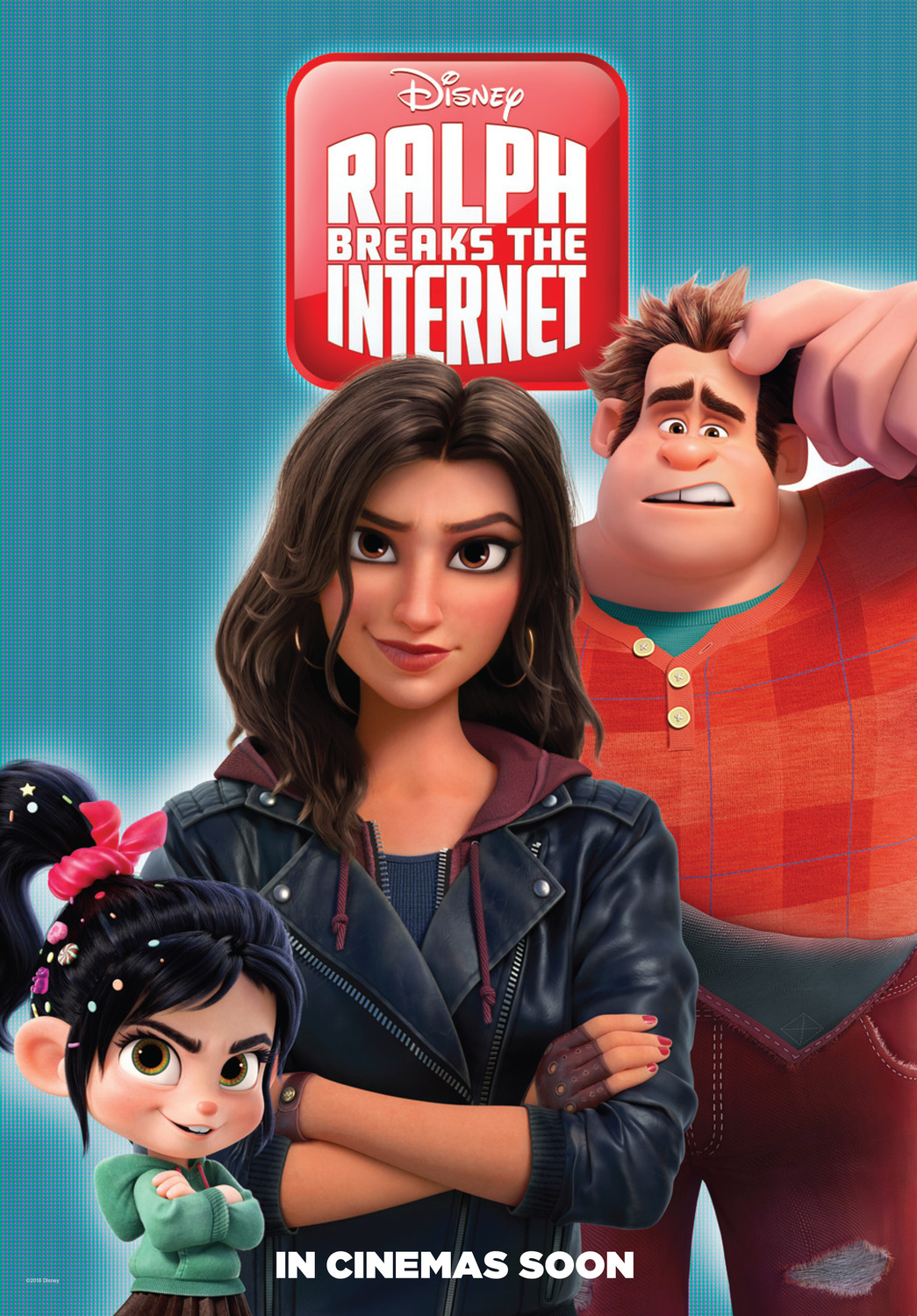
By the film’s conclusion, it’s evident that this sequel doesn’t leave room for another. Many successful properties become trilogies or expansive franchises, but do you view Wreck-It Ralph as a self-contained two-part story? JOHNSTON: While we can joke and brainstorm wacky plot ideas, from an emotional perspective, Ralph’s story revolves around growth. Ralph matures, and Vanellope is in the process of discovering her path. To me, it feels like a satisfying two-chapter narrative. Unless an unexpected opportunity arises or Vanellope’s growth continues, I believe this might be it. It’s akin to The Iliad and The Odyssey, or perhaps The Idiot and The Odyssey. [Laughs.]
MOORE: I’d be hesitant to risk a Godfather III situation. I’m content with where Ralph’s journey has led him. It feels neatly resolved. While it’s a fun and expansive world, returning would require a compelling reason, much like the first sequel.
JOHNSTON: Someone did suggest a streaming show featuring Felix and Calhoun raising their 15 children, akin to a family sitcom. So, who knows?
Speaking of revisiting worlds, I recall our conversation after the release of Zootopia when you hinted at a second Ralph movie as a top-secret project. Now that the sequel is out, is Zootopia 2 on the horizon? MOORE: I have great affection for the Zootopia world. It seems tailor-made for another story. While there’s no current idea, I wouldn’t rule it out. The fans would certainly love it. However, we wouldn’t undertake it lightly. We’ll wait for the right inspiration to strike.
JOHNSTON: At this point, there are no secrets. I’m focused on clearing my mind and allowing new ideas to surface. I’ll remain open to whatever emerges, regardless of its nature.”
We bring out some of the most well-known Disney collection, all of which are available at reasonable costs. Visit our link now if you are interested in the Disney collection
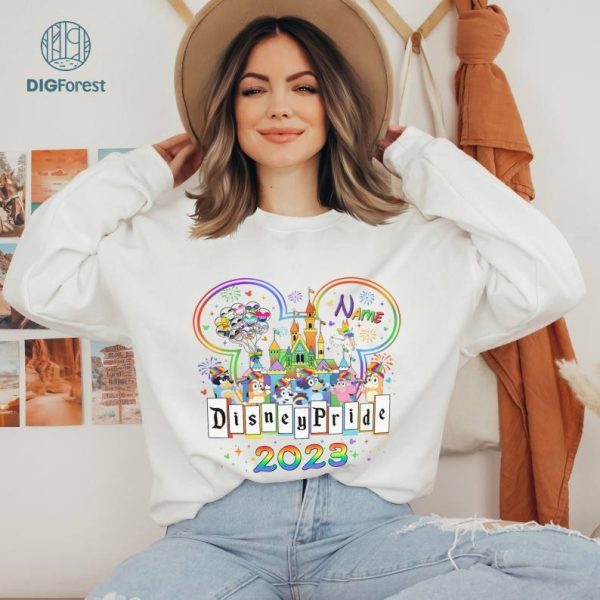
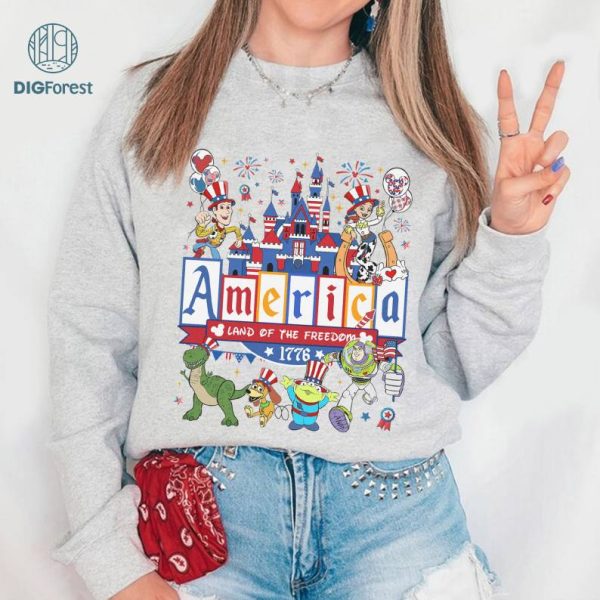
Peter Pan, Wendy Darling, Tinker Bell, Captain Hook, Simba
